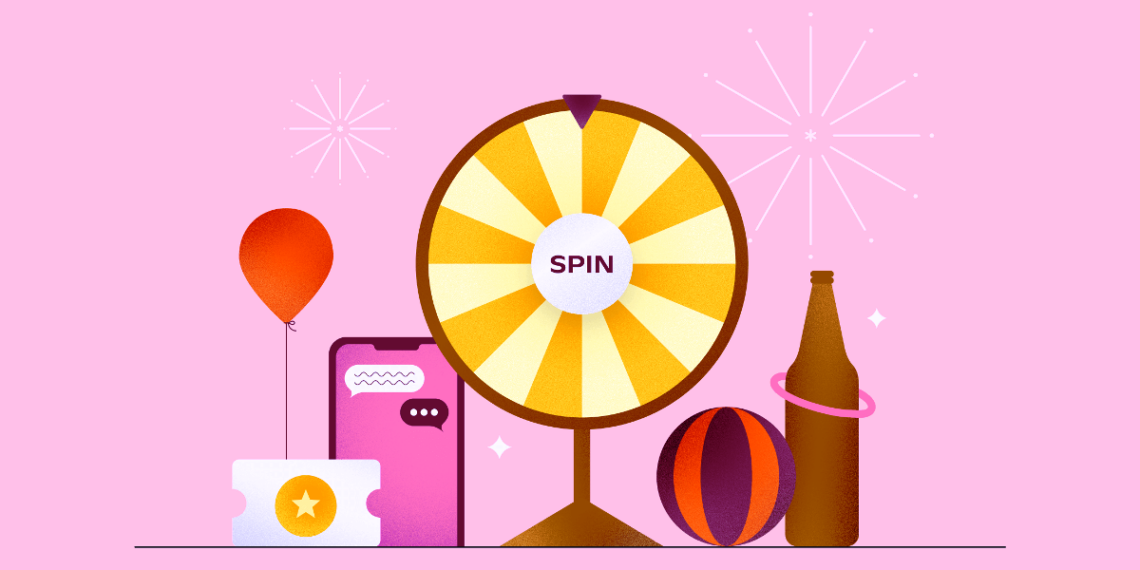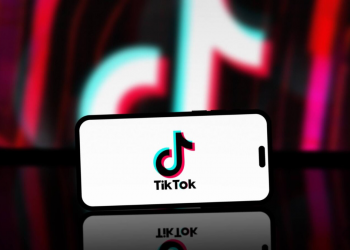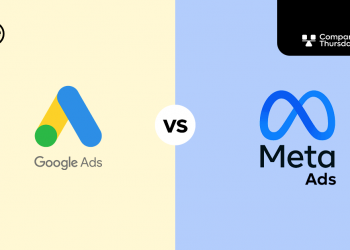Writer: ADEOLA ADEJOKUN
Let’s talk about the addictive nature of video games for a second. What keeps players glued to the screen, joystick in hand, as they navigate virtual worlds, solve complex problems, and tackle almost insurmountable challenges? Is it the thrill of achievement?
The dopamine hit from rewards? Or is it something more?
As businesses in all sectors are finding out, what keeps gamers engaged can teach us a lot about customer engagement as a whole. Enter gamification – a term that seems to be the buzzword of the day but has been in play (pun intended) for quite some time.
Points, Badges, and Leaderboards!
At its most basic, gamification involves incorporating game elements into non-game environments. Think of your Google Local Guide reward points, the points on your credit cards, badges for checking into places on social media, or leaderboards in fitness apps. These seemingly simple tokens can turn mundane tasks into challenges that spark our inherent competitive nature.
Starbucks has mastered this with their Rewards program. For every dollar spent, you accumulate stars, which then can be exchanged for drinks or food items.
But Starbucks didn’t stop there; they added tiers, which, once reached, offer increasing benefits like free refills and special member days. Now, you’re not just a customer; you’re a Gold Member on a mission to maintain your status.
Let’s consider Duolingo, the language learning app. It not only employs levels, points, and badges but also takes advantage of personalization. You set your goals, and the app nudges you with reminders and incentives to meet them. The challenges are individual to you, making the sense of achievement all the more personal.
Bringing Reality into Virtual
Sometimes, the rewards cross into the physical world. Fitness apps like MyFitnessPal or Fitbit offer badges and challenges but integrate with other smart devices.
Meeting your step goal could adjust your smart thermostat to your preferred ‘celebration’ temperature.
In essence, you’re turning the act of living into a game, blending the virtual and the real in a way that heightens the sense of engagement.
Platforms like Reddit and Stack Overflow have capitalized on the communal aspects of gamification. Users are rewarded with reputation points or badges for quality contributions, and the whole community can see these. This not only encourages individual achievement but also fosters a sense of community, where one’s standing is recognized and appreciated by peers.
Everyone wins?
Businesses might initially fear that gamification trivializes their product or service. On the contrary, it enriches the customer experience.
A study published in the monthly peer-reviewed journal Computers in Human Behaviour found that gamification when correctly implemented, can increase user engagement by up to 29%.
To adapt a phrase from the gaming world, customer engagement isn’t a sprint; it’s a marathon.
Gamification is like that power-up you collect along the route, giving you the burst of energy you need to keep going. It’s a tool, not a cheat code, to create a thoroughly engaging customer experience.
So, whether badges, leaderboards, or virtual currencies, the question isn’t whether to add game elements to your business strategy but how. After all, who would want to avoid turning their customers into loyal players in a game where everyone wins?
*Adeola Adejokun, a communication professional, tweets from @OgbeniAdejokun.
[Featured Image Credit]












